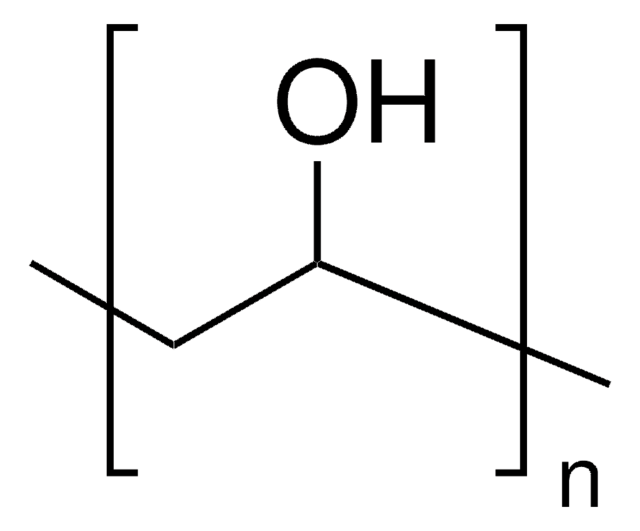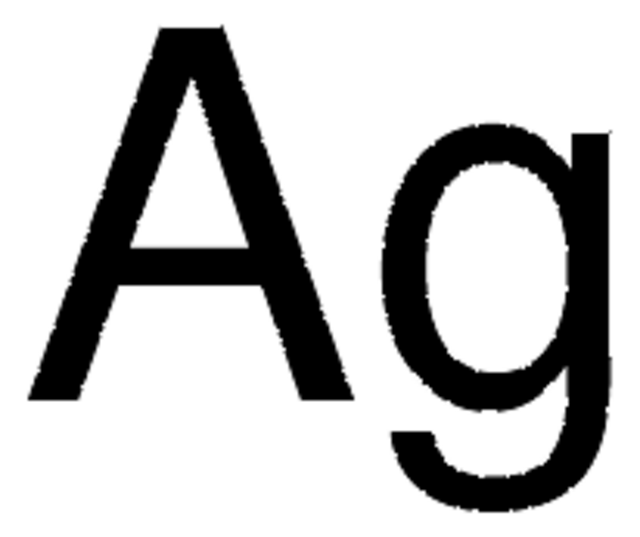341584
Poly(vinyl alcohol)
Mw 89,000-98,000, 99+% hydrolyzed
Synonym(s):
PVA
About This Item
Recommended Products
Quality Level
form
powder
mol wt
Mw 89,000-98,000
falling ball
11.6-15.4 cP, 4 % in H2O(20 °C)(lit.)
mp
250 °C (482 °F)
density
1.19-1.31 g/cm3
application(s)
3D bioprinting
advanced drug delivery
SMILES string
C=CO
InChI
1S/C2H4O/c1-2-3/h2-3H,1H2
InChI key
IMROMDMJAWUWLK-UHFFFAOYSA-N
Looking for similar products? Visit Product Comparison Guide
Related Categories
General description
Application
Storage Class Code
11 - Combustible Solids
WGK
WGK 1
Flash Point(F)
No data available
Flash Point(C)
No data available
Personal Protective Equipment
Certificates of Analysis (COA)
Search for Certificates of Analysis (COA) by entering the products Lot/Batch Number. Lot and Batch Numbers can be found on a product’s label following the words ‘Lot’ or ‘Batch’.
Already Own This Product?
Find documentation for the products that you have recently purchased in the Document Library.
Customers Also Viewed
Articles
In this article, we discuss issues critical to successful application of the electrospinning technique, including control of individual nanofibers to form secondary structures and assembly of nanofibers into 3D architectures.
Our team of scientists has experience in all areas of research including Life Science, Material Science, Chemical Synthesis, Chromatography, Analytical and many others.
Contact Technical Service

